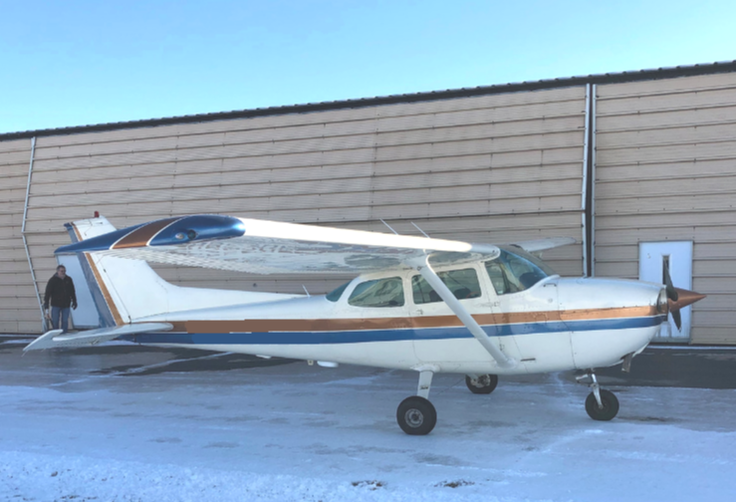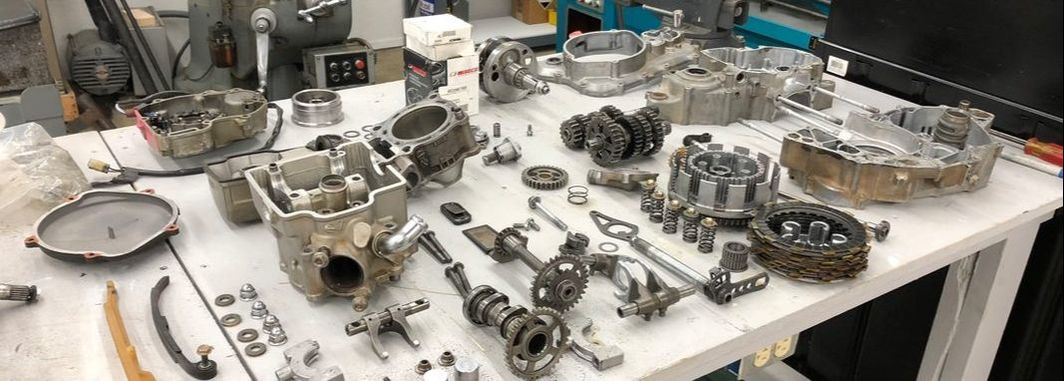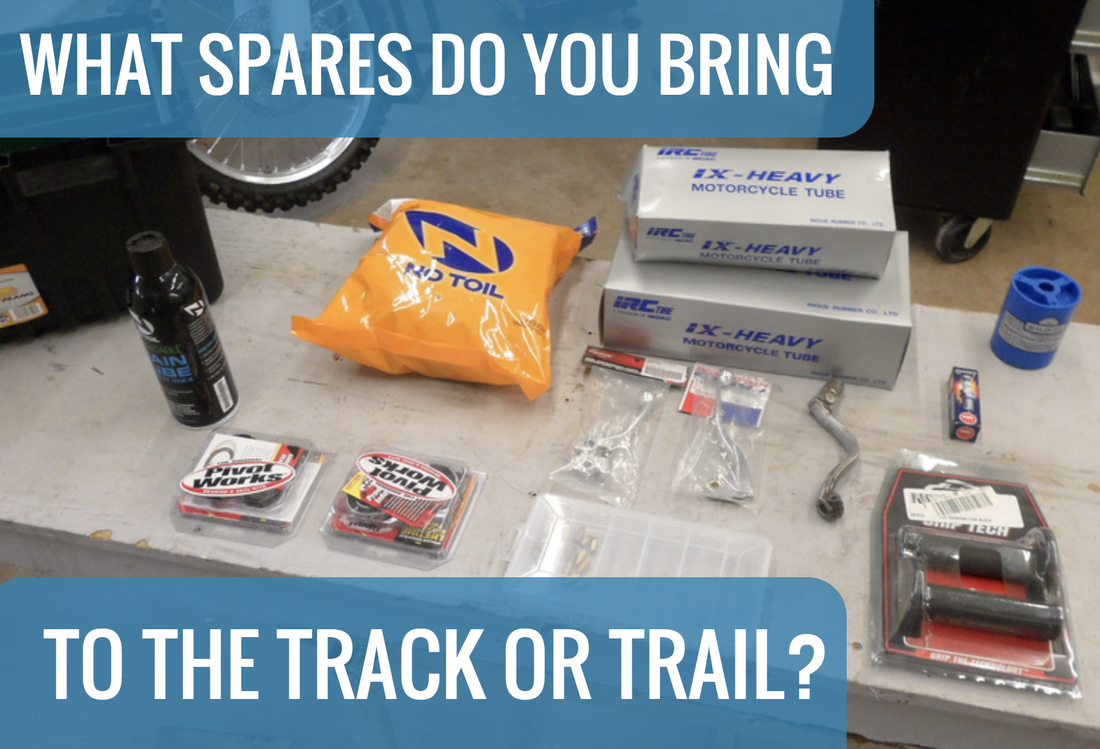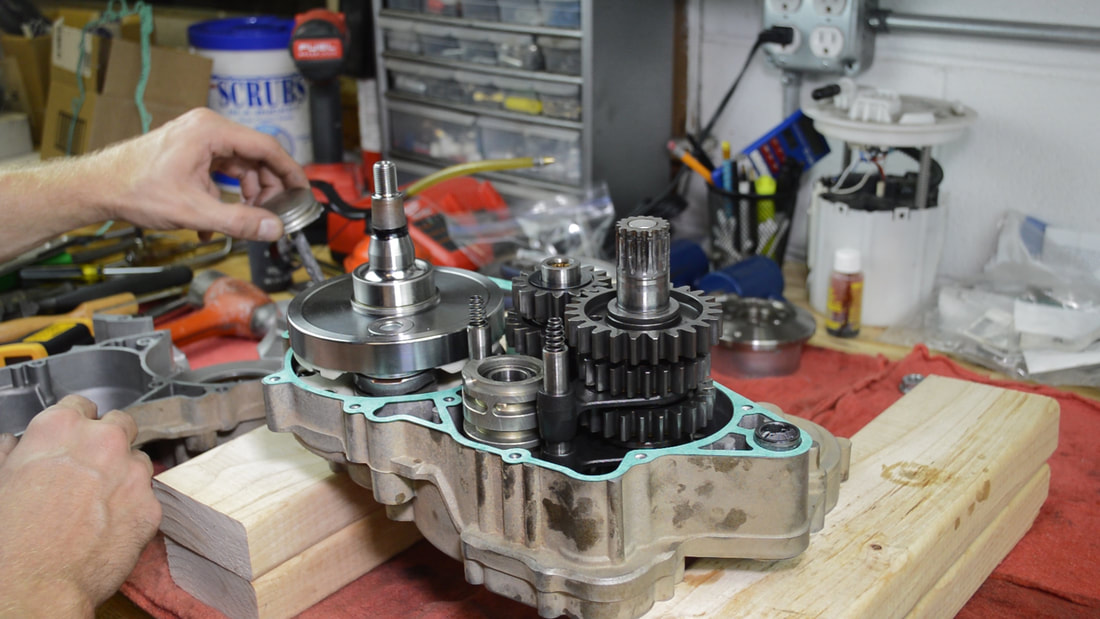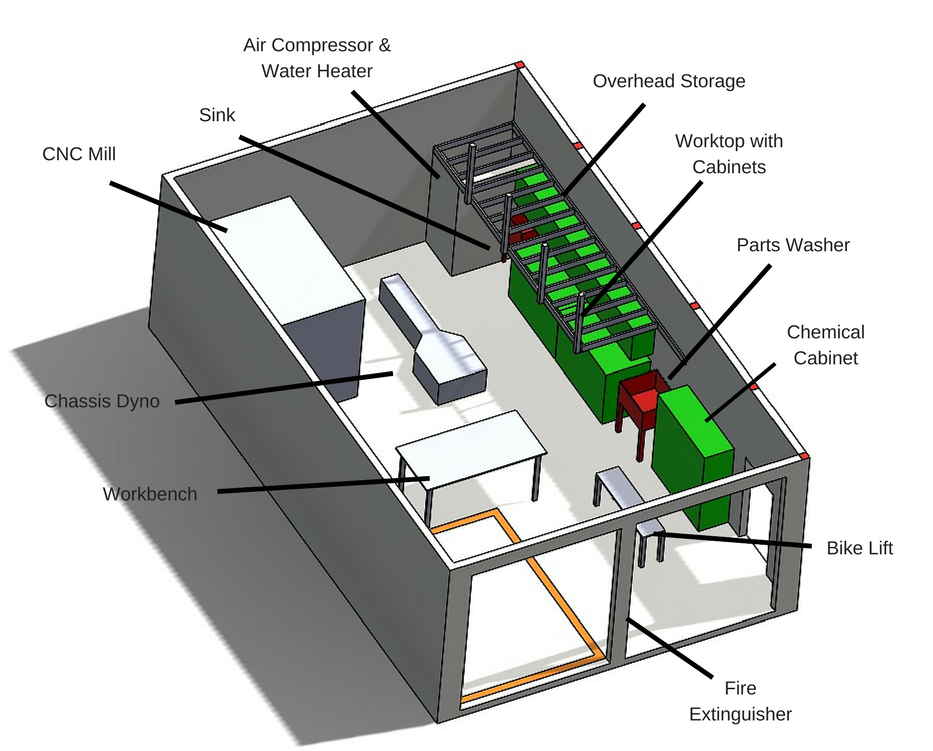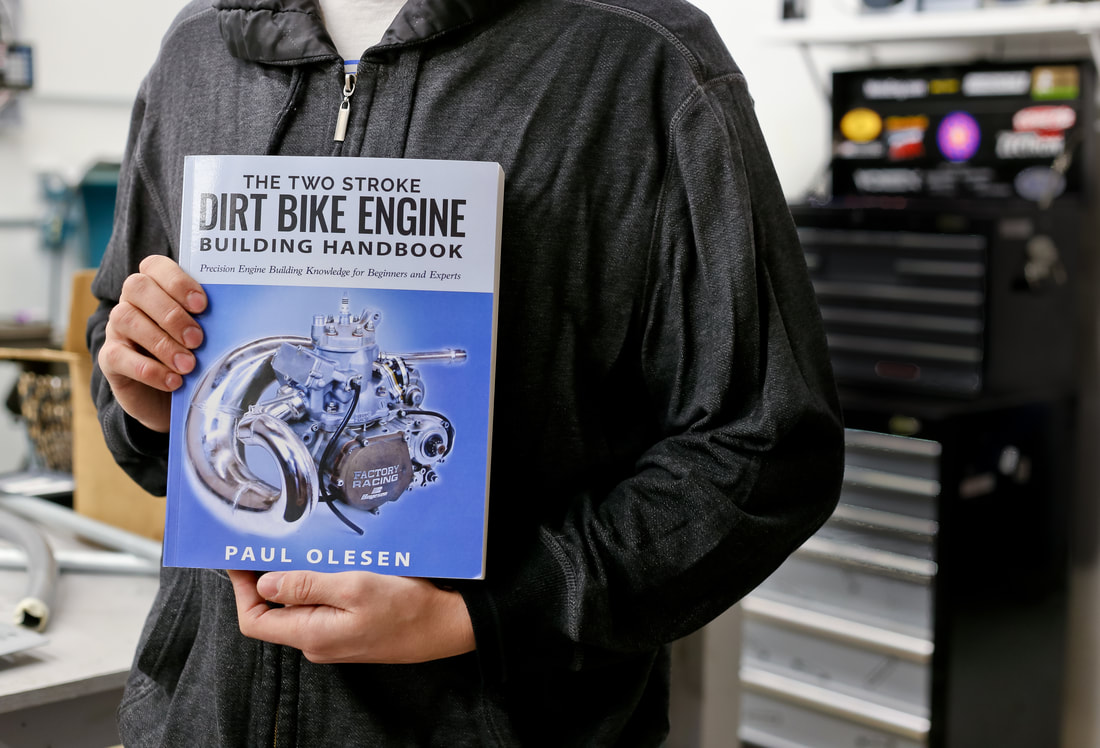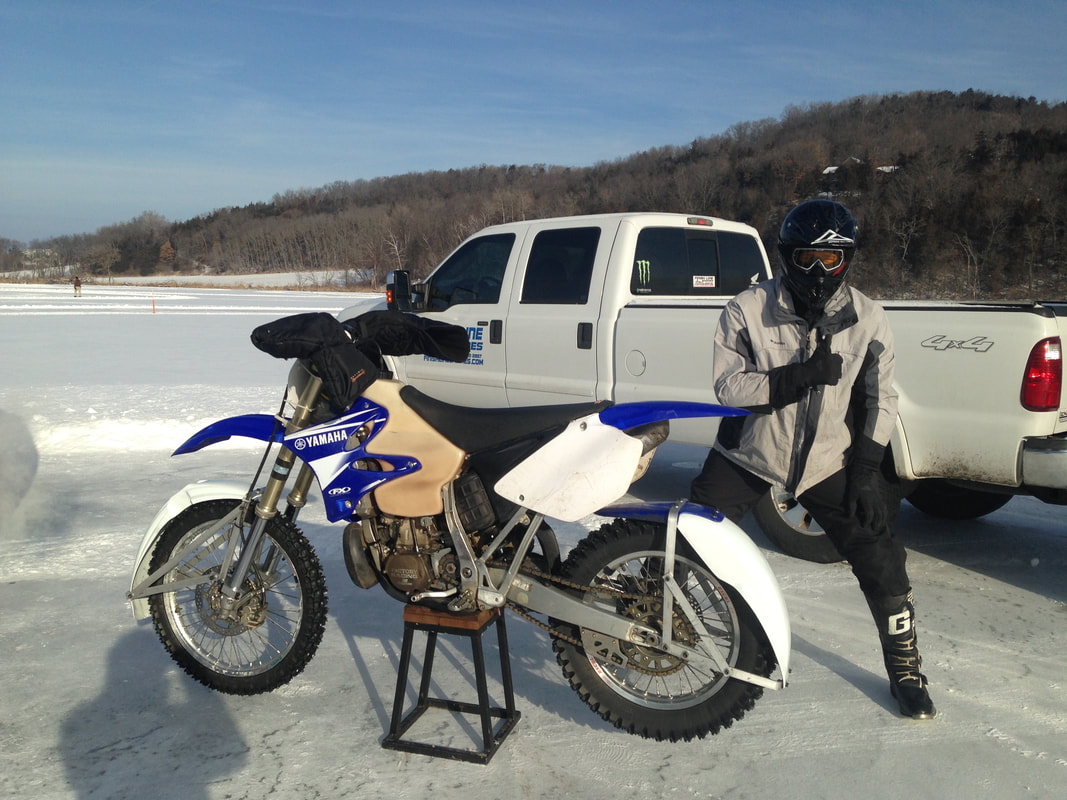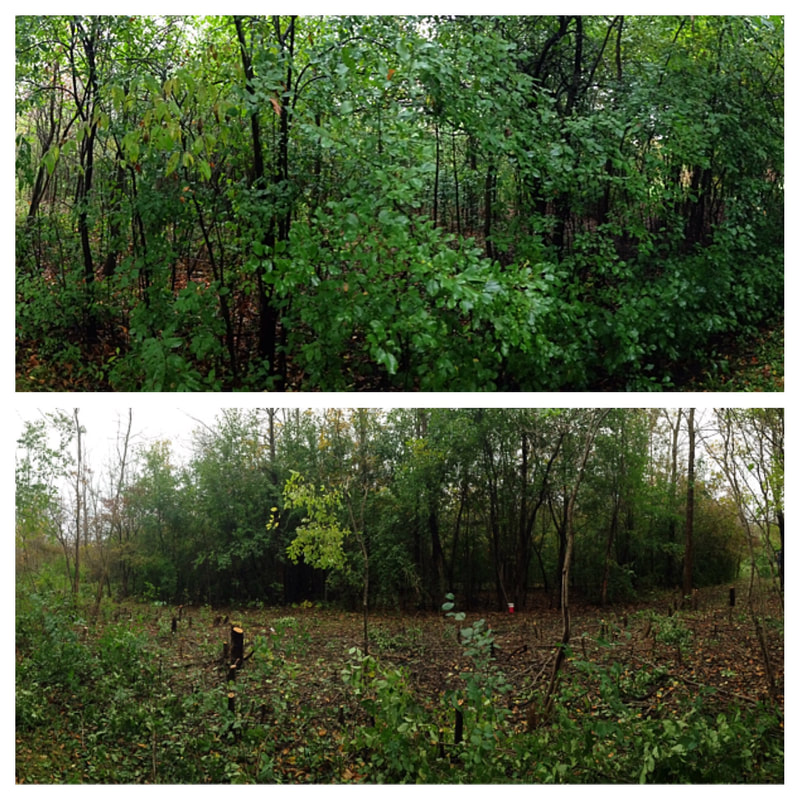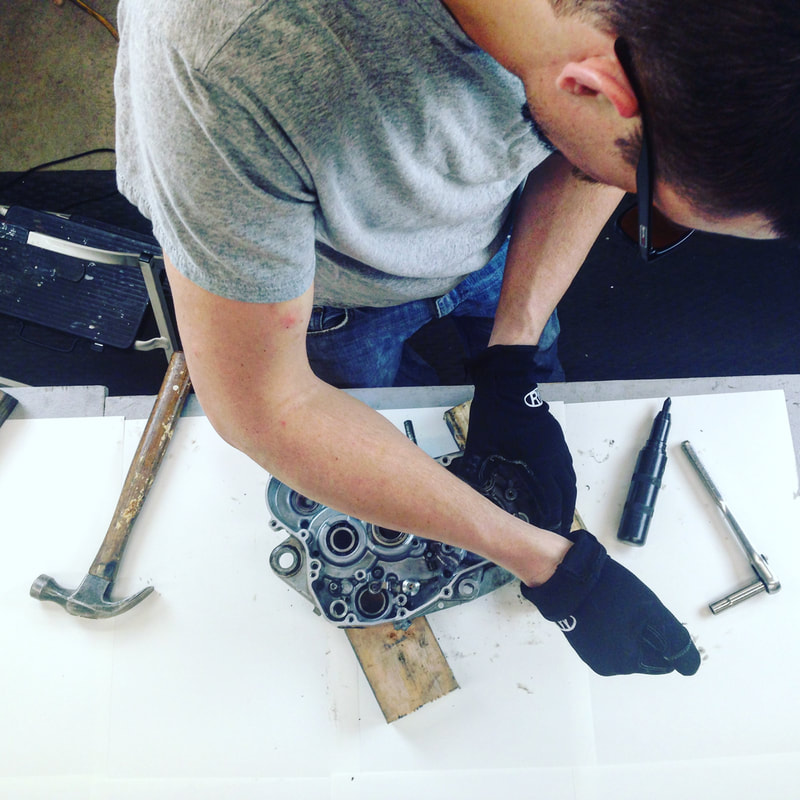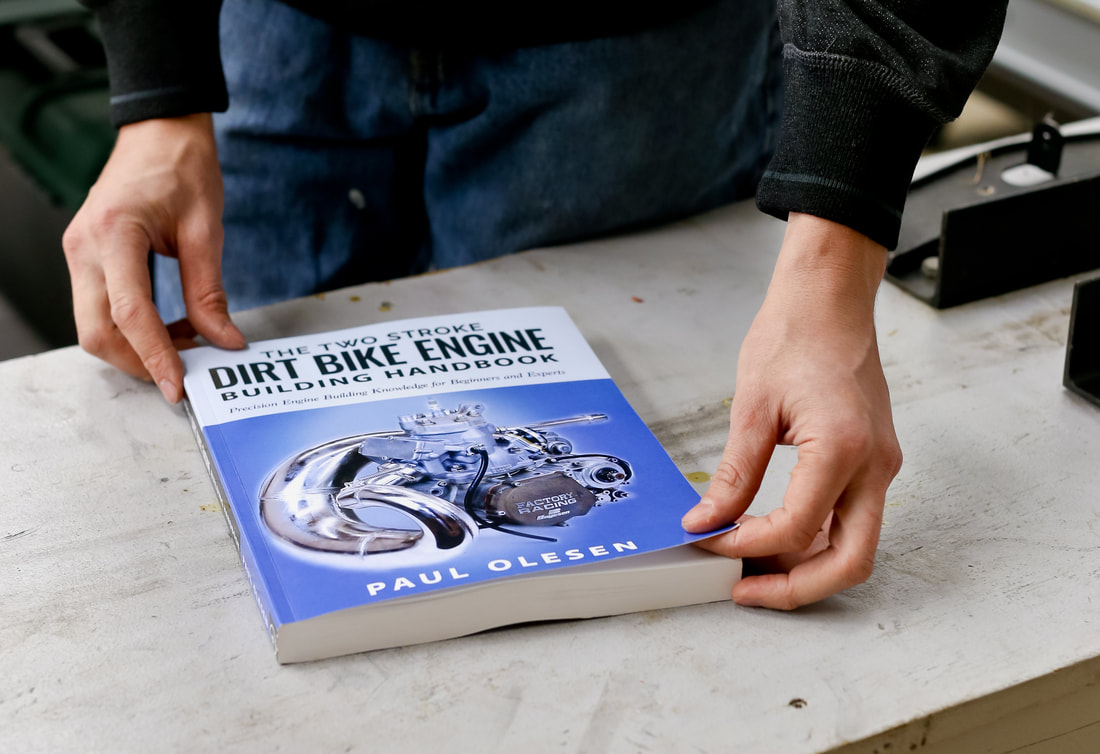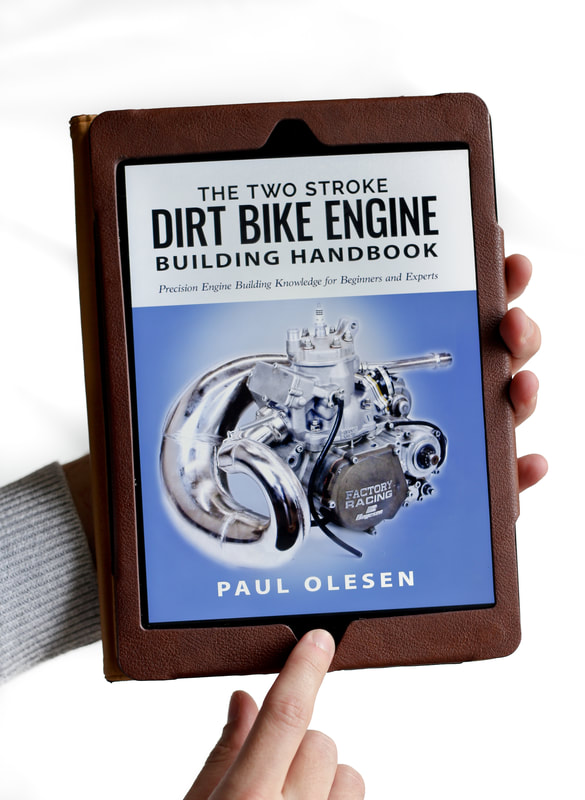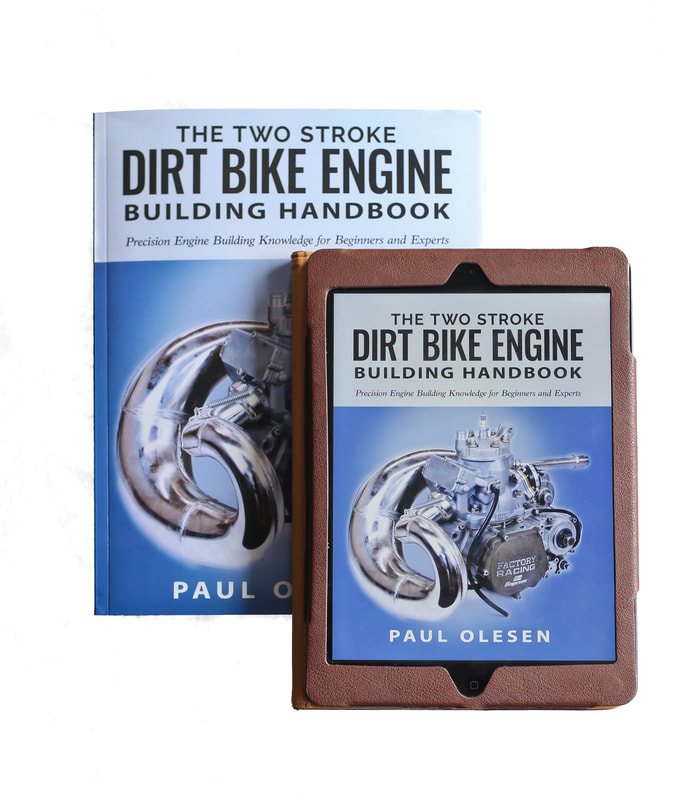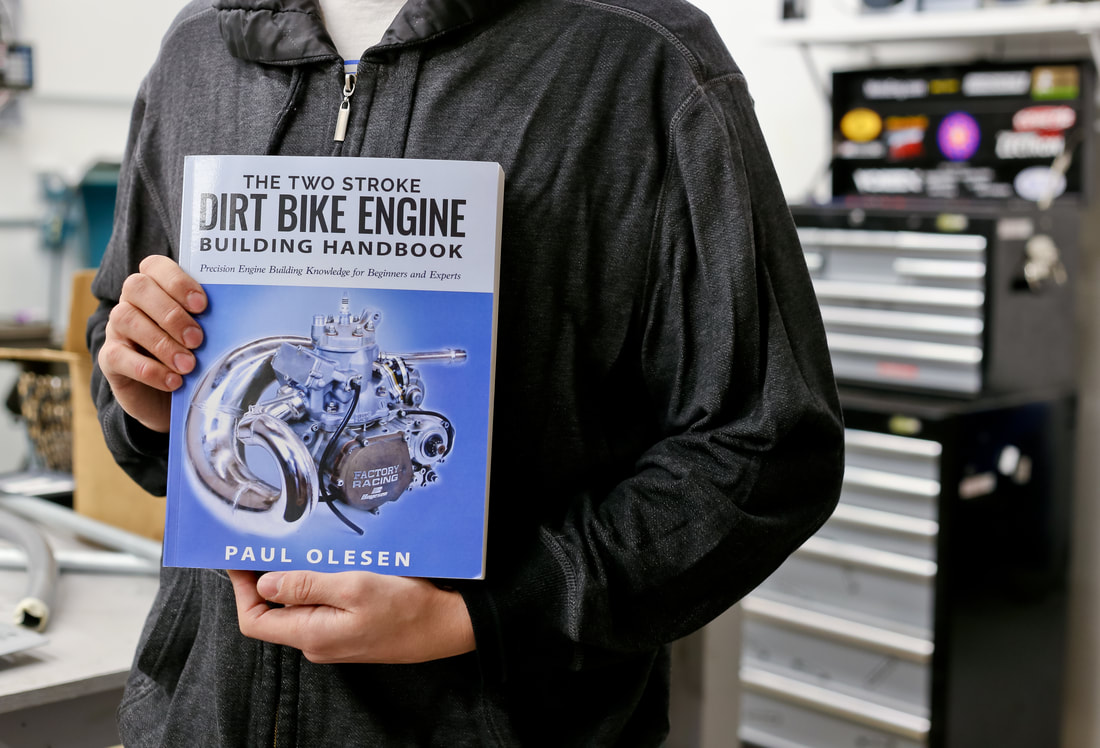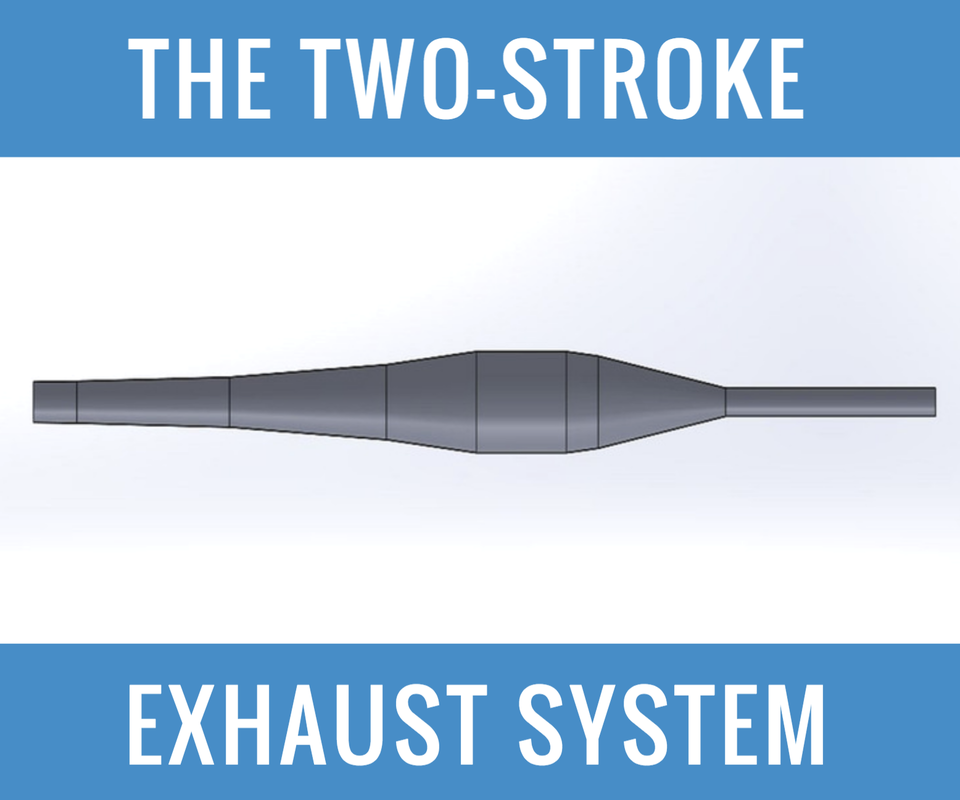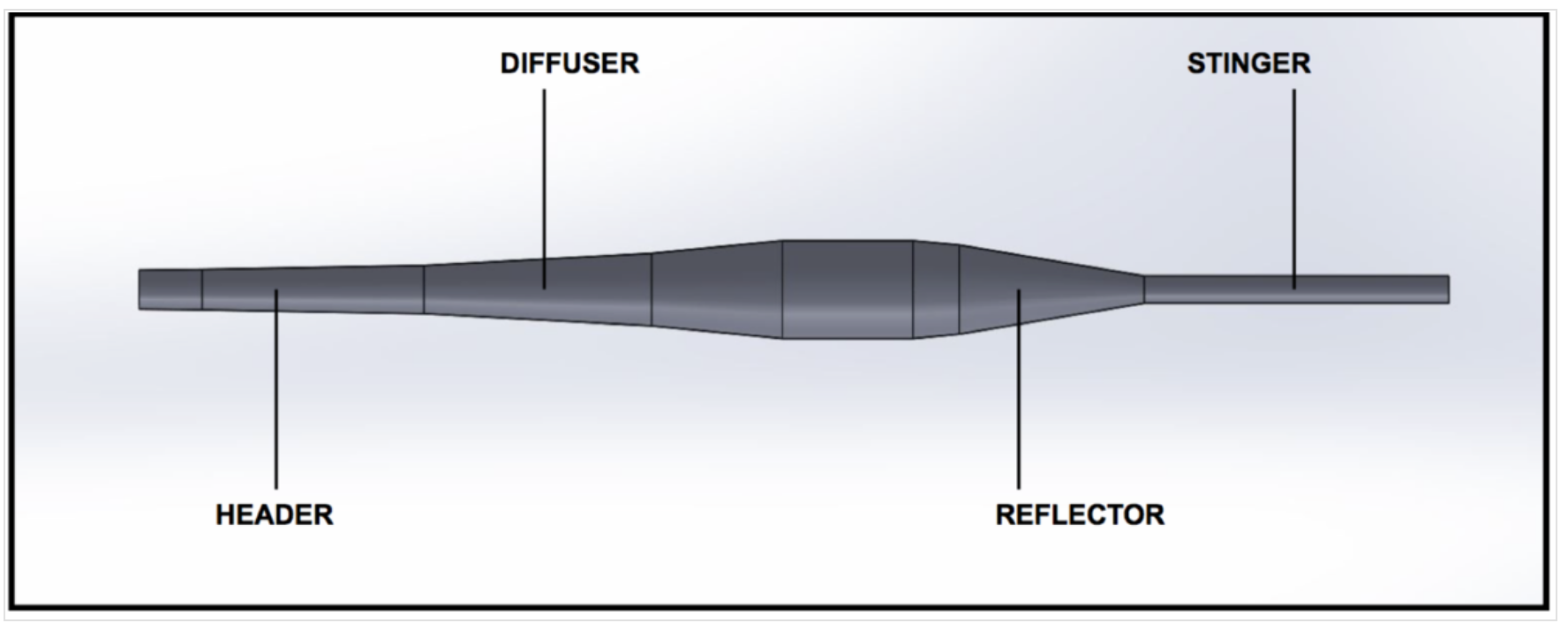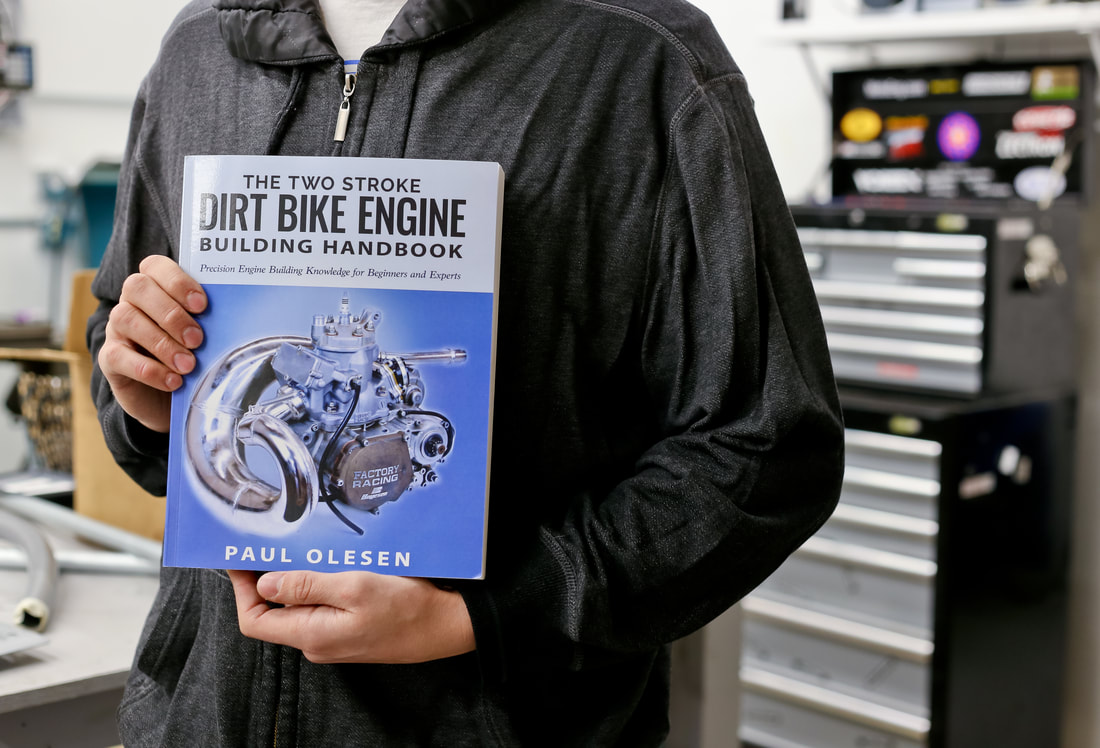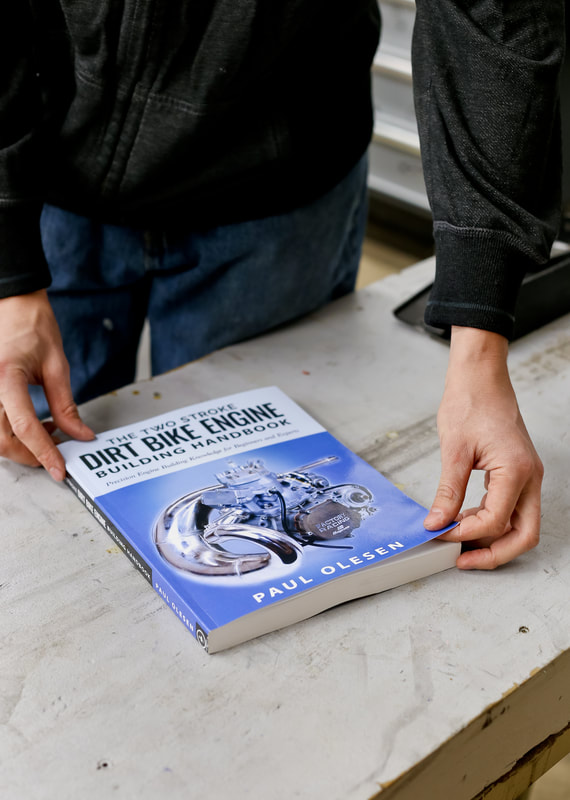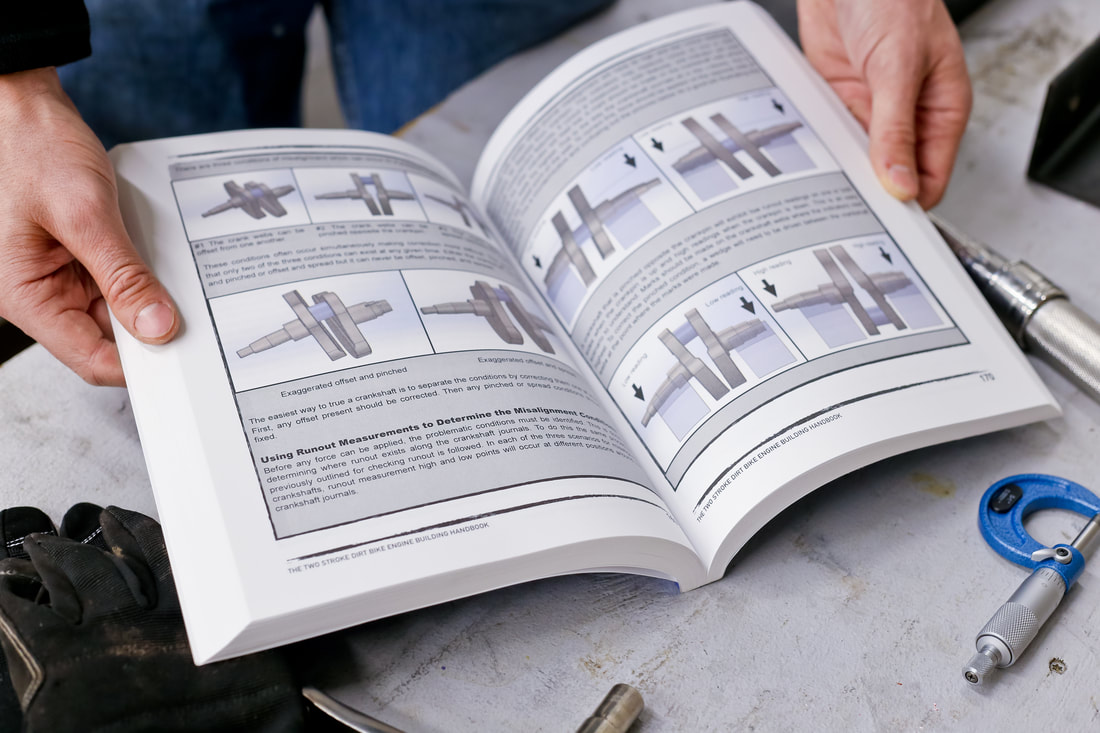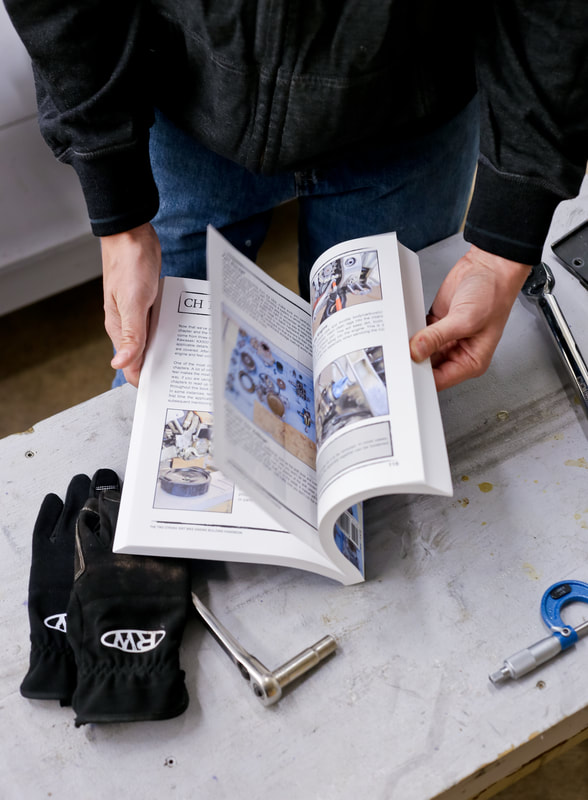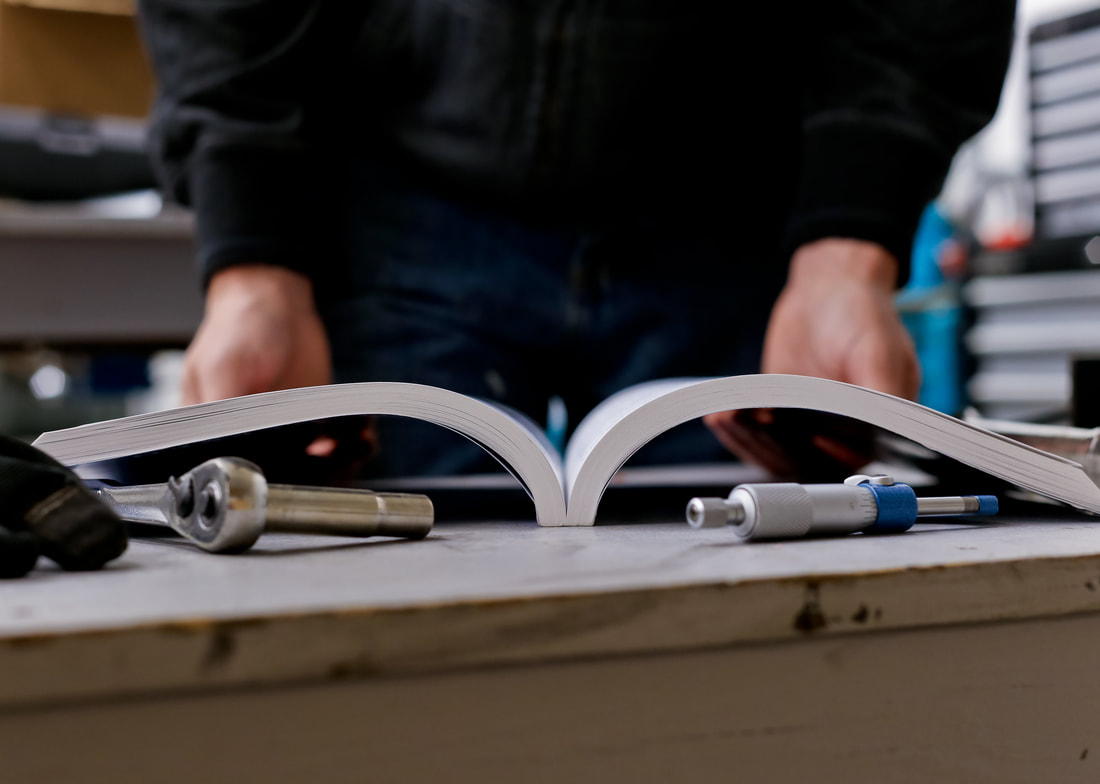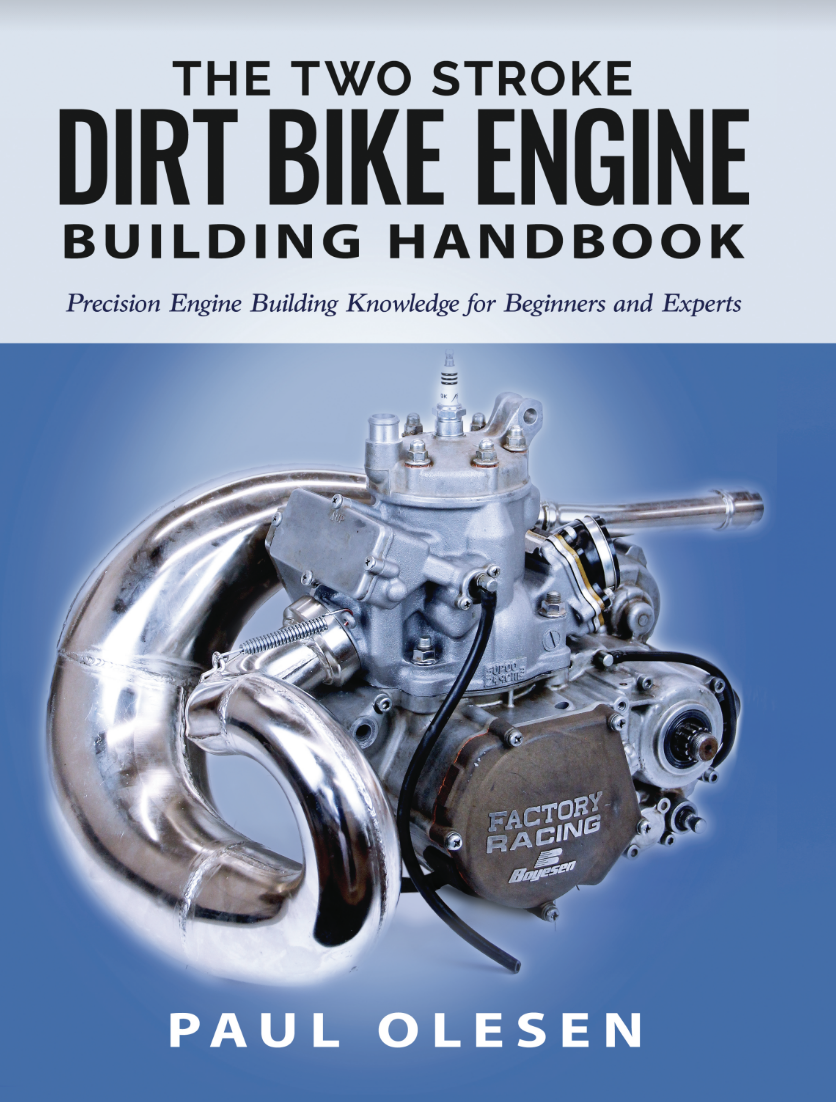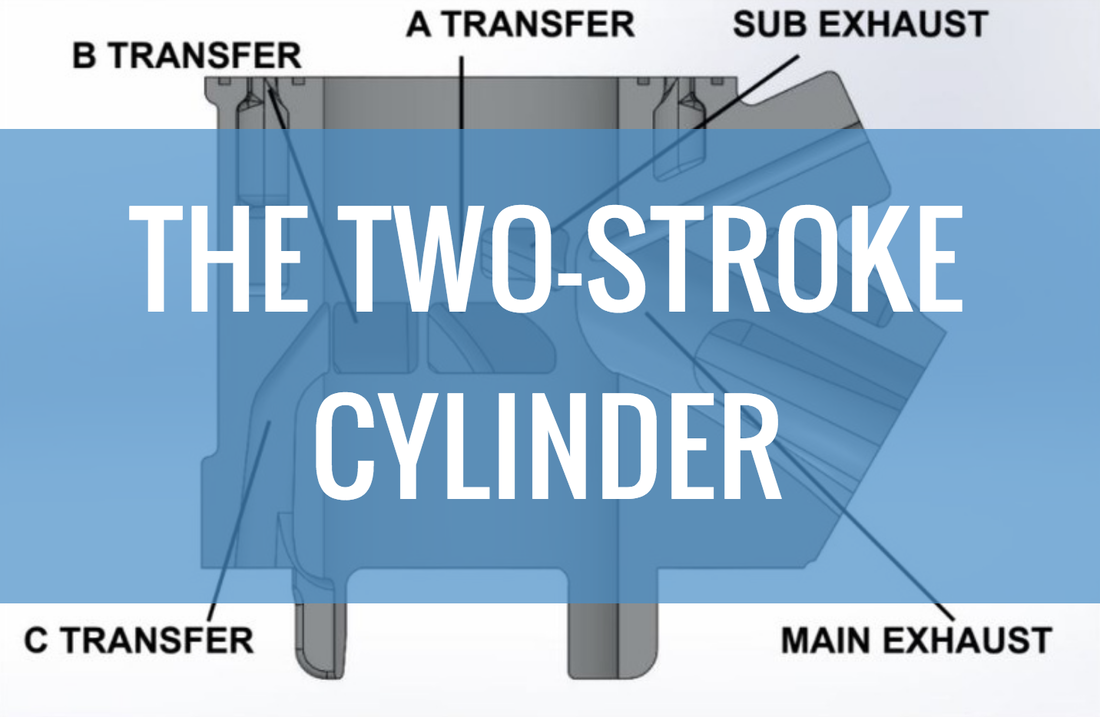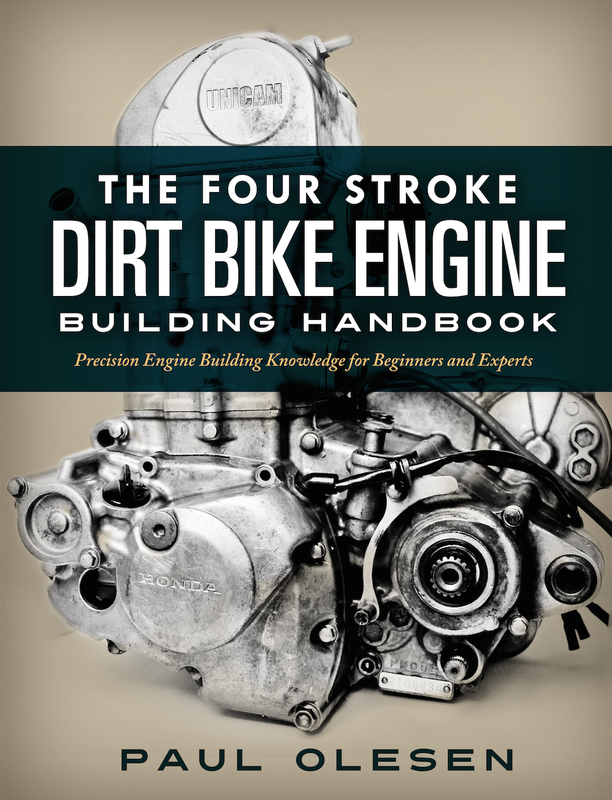Personal Side
2018 had many ups and downs for me personally. Due to knee surgery late in 2017 (which involved harvesting cartilage from my knee, growing it in a petri dish via stem cells, and gashing my knee wide open and gluing the new cartilage back in place), 2018 was the first year I was on a strict no off-road motorcycle diet. I didn’t think not riding my bike would be too impactful, however, in hindsight I was wrong.
What I quickly realized is that I lost one of the few meditative outlets I had (and found effective). To make matters worse my day job as an engineering director turned into an all-day, everyday job from March to July because of a ridiculous deadline we were supposed to meet. By mid-year, I was stressed and drained like never before.



